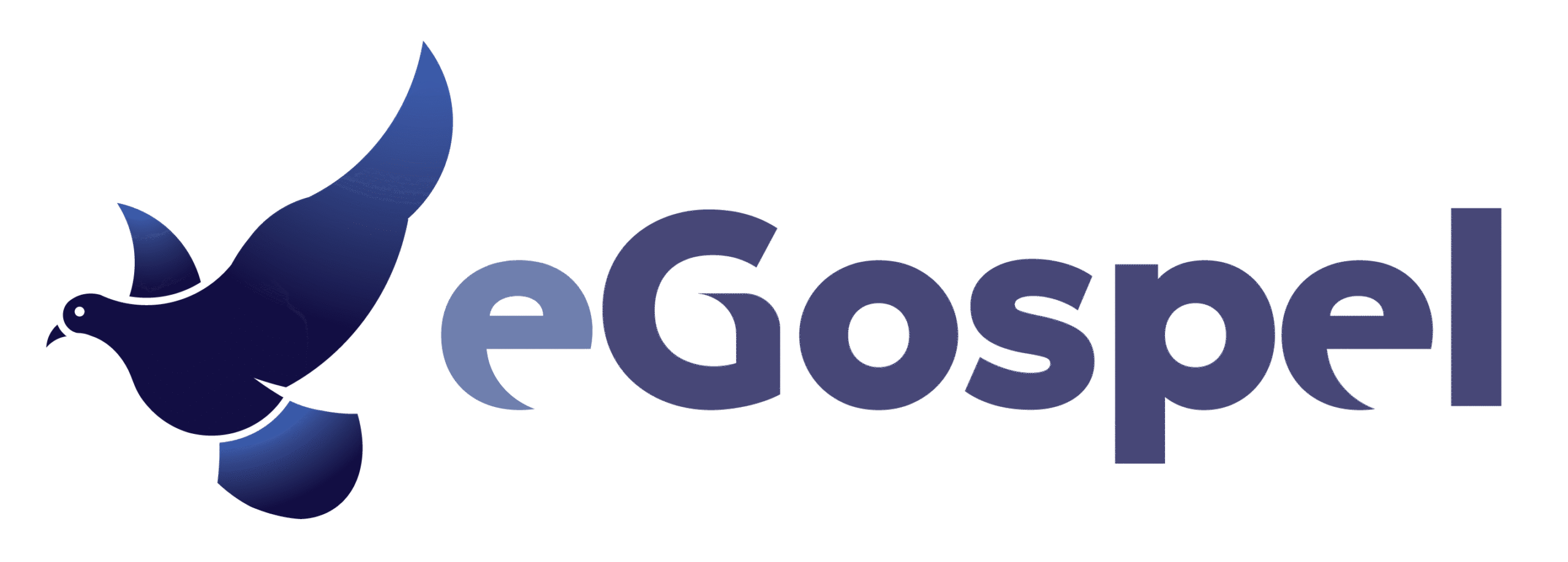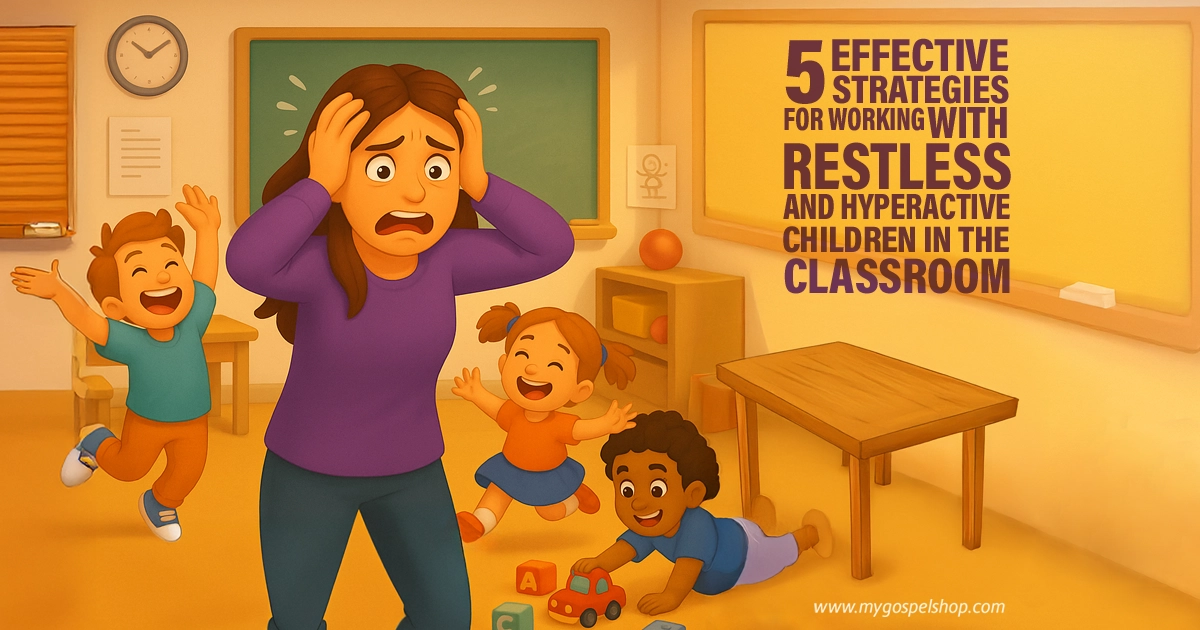In today’s classroom, it’s common to find children with high energy levels, overflowing curiosity, and a constant need to move. These students—often labeled as “restless” or “hyperactive”—require special attention. Without proper support, they may feel frustrated, withdraw from participation, or disrupt the class rhythm.
This article presents 5 effective strategies, based on the experience of educators and experts, to help teachers transform learning into a structured, motivating, and functional process for all.
🎯 1. Create a Structured and Visual Environment
Children with ADHD benefit from clear routines and visual cues. Use daily schedules, timers, and positively worded written rules (“Do this” instead of “Don’t do that”). Seat them away from windows or distractions, and close to the teacher.
Why it works: Hyperactive children feel safer and more focused when they know what to expect.
How to implement it:
- Create a visual calendar on the board using emojis or drawings for each routine (arrival, teamwork, break, closing).
- Use a visible physical timer (like an egg timer). For example: “When you see the timer, it’s time for silent writing” — this reinforces autonomy.
🏅 2. Immediate Positive Reinforcement
Instead of focusing on negative behavior, reward desired behaviors with specific praise or small rewards. This builds self-esteem and motivation, helping them repeat positive actions.
Why it works: Receiving praise or rewards immediately after the desired behavior encourages repetition.
How to implement it:
- Design an “achievement card”: each time the child sits and listens for 5 minutes, they earn a star or sticker. After collecting 5, they get a reward (choose a class song, leave early, etc.).
- Example: “I loved how you waited your turn to speak! That shows respect.”
🧘 3. Active Breaks and Movement-Integrated Learning
Allow frequent breaks with simple exercises, short walks, or mini-missions. You can also incorporate movement into lessons (“Each group rotates to a station”). This channels their energy without interrupting learning.
Why it works: Movement reduces anxiety, helps energy regulation, and activates key brain functions.
How to implement it:
- After long lessons, play music and lead a short game: “Simon says” with stretches or claps for syllables (“drink–wa–ter” with claps).
- Example: a hyperactive student gets up after 20 minutes and completes the lesson better after the break—more focused and calm.
📝 4. Clear and Multi-Channel Instructions
Break tasks into short steps and combine verbal instructions with graphics or visual checklists. Aids like diagrams or numbered cards improve comprehension and task completion.
Why it works: Breaking tasks into steps and using visual cues improves focus and reduces frustration.
How to implement it:
- Give short instructions: “Step 1: open your notebook. Step 2: write the date…”. Reinforce with numbered desk cards.
- Example: during a science activity, a student with ADHD checks off each completed step, gaining independence and order.
👥 5. Individual Support and Behavioral Techniques
Use systems like flexible seating, “buddy” helpers, individual behavior intervention plans (token economy), and mentorships. These tools provide structure, connection, and functional learning.
Why it works: Personalized strategies like token systems and focused mentoring help reinforce self-control and motivation.
How to implement it:
- Implement token economy: for each positive behavior (getting up to help, waiting their turn), the child earns a point. After 10, they can choose a role (treasurer, helper of the day).
- Example: a restless child controls their impulses to become the “helper of the day.”
✨ Bonus: Self-Regulation Skills
Incorporate breathing exercises or color-coded cards to help the child identify their emotional state (“red = I need to calm down”). This empowers them with self-management tools for frustrating moments.
📌 Summary with Practical Cases
| Strategy | Real-life Case |
|---|---|
| Visual Routines | Timer + pictograms help keep a hyperactive child organized |
| Positive Reinforcement | Achievement cards motivate social behavior |
| Active Breaks | Short games between sessions improve focus |
| Clear Instructions | Numbered steps reduce distractions and incomplete tasks |
| Individual Support | Token economy builds responsibility and a sense of achievement |
| Self-Regulation | Guided breathing calms frustration outbursts |
✅ Conclusion
An effective classroom combines structure, movement, reinforcement, and empathy. Each strategy supports restless students and enhances learning for the entire class!

